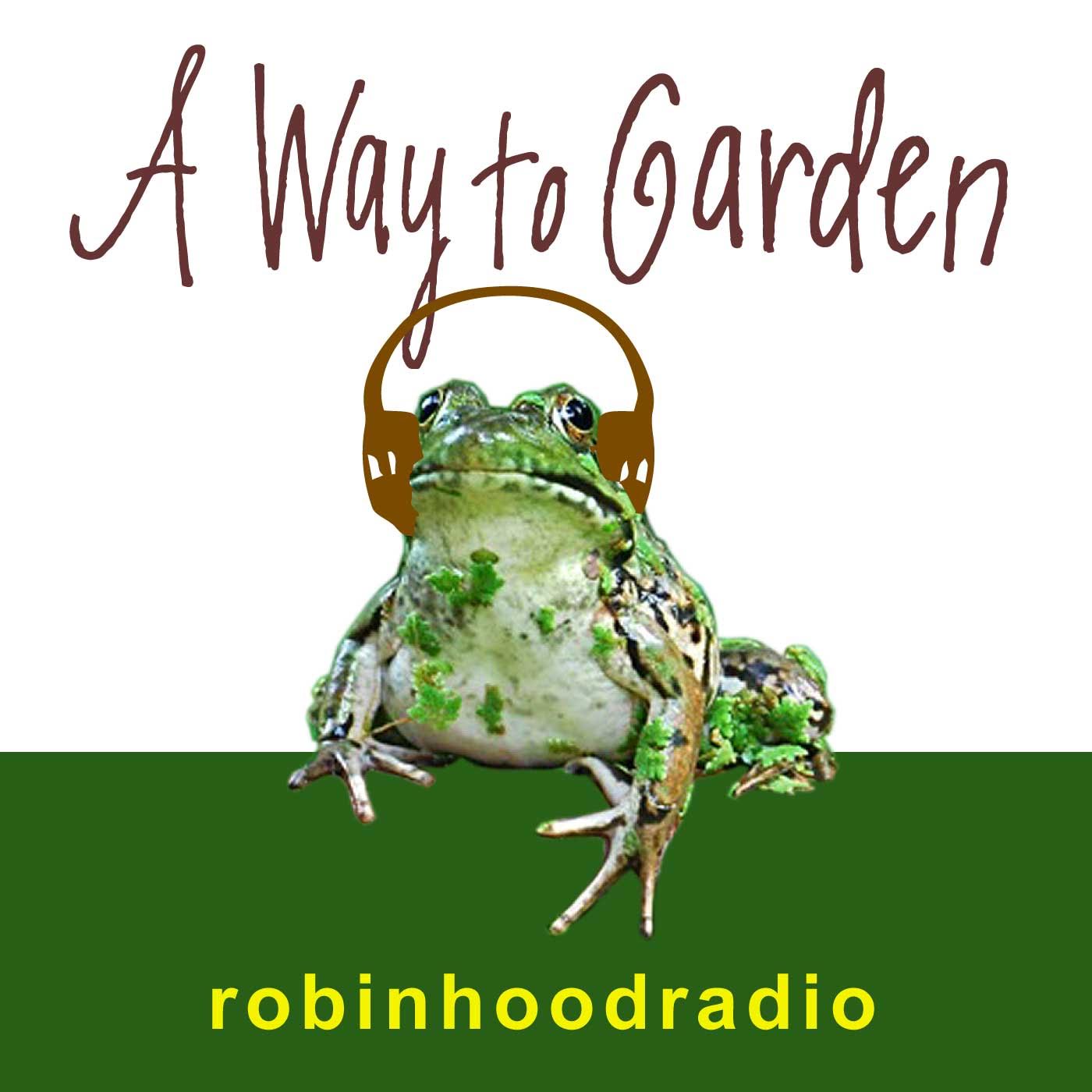Native Bumblebees: Biologist Robert Gegear wants our help. He wants us to become Beecologists, as in, citizen scientists who help with the study of the ecology of bees. Our native bumblebees, specifically. He wants us to get to know them by taking photos, and contribute to scientific research by sharing those sightings, and in the process, learn to make gardens and landscapes that support them.
Gegear is an assistant professor of biology at University of Massachusetts-Dartmouth, whose research interests include the conservation of native pollination systems, floral evolution, and bumblebee ecology. He's one of the founders of the Beecology citizen science project, with Worcester Polytechnic Institute, funded with a grant from the National Science Foundation. Begun in Massachusetts, it is now getting data from citizen contributors over a wider area, and welcomes photos of bumblebees on flowers from throughout North America.
In our chat, I was surprised to learn that a bumblebee species may prefer a different plant for nectar than it does as a source of pollen, and also what role pollen serves for the bees (not just the plants they pollinate). And that though there are a lot of lists out there of “bee plants,” many of them aren’t based on research—but rather on less-formal observations of bees being seen on certain flowers. It's time for that to change, and each of us can help.


It will come as no surprise to regular listeners that I’m mad about small farm-based companies that sell seed grown without chemicals and with...

Q&A: Clivia, chestnuts, staking--Yes, it's us again, me and Ken Druse, here to answer your latest crop of Urgent Garden Questions. We covered topics...

Any gardener shopping at a local nursery or paging through perennial plant catalogs can’t help but notice there are a lot of Echinacea, or...